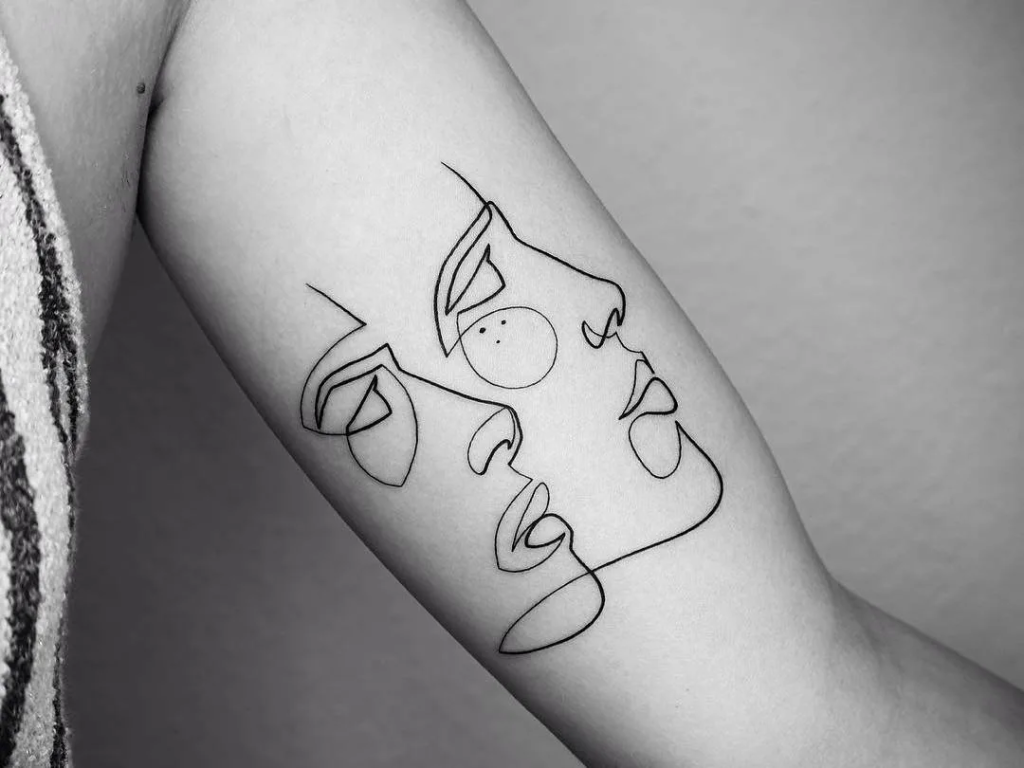For anyone looking to achieve that sleek, polished look, straightening your hair at home can be a practical and convenient option. But just how long should you set aside for this beauty ritual? Generally, the process can take anywhere from 20 to 45 minutes, although this is a ballpark figure—several factors such as hair length, texture, and technique can extend or reduce this duration. This article delves into these variables and provides a comprehensive guide to efficiently straighten your hair. Armed with the right knowledge, you can streamline your hair-straightening routine without compromising on quality. Whether you’re prepping for a day at the office or a night out, let’s explore the timeline of achieving those silky-smooth locks in the comfort of your own home.
What Determines the Duration of Hair Straightening?

The time it takes to straighten your hair is not a one-size-fits-all affair. Primary factors influencing the duration include:
- Hair Texture and Length:
Naturally curly or coarse hair can take longer to straighten than fine or wavy hair. Additionally, long hair requires more time than shorter hair simply due to its length. - The Condition of Hair and Previous Treatments:
Damaged or chemically treated hair may respond differently to heat, and extra care should be taken, potentially lengthening the straightening process. - The Type of Straightening Tool Used:
High-quality flat irons heat up faster and straighten more efficiently, while poor-quality tools can prolong the procedure.
Pre-Straightening Preparation: Laying the Groundwork

Preparing your hair before straightening is crucial for both time efficiency and protecting your hair health. Here’s what you need to do to properly prepare your hair:
- Start with clean, dry hair by washing and conditioning to remove any buildup and ensure your hair is hydrated.
- Apply a quality heat protectant to shield your hair from potential heat damage.
- Section your hair into manageable parts, which will make the actual straightening step quicker and more uniform.
Step-by-Step Guide to Straightening Your Hair
Now that your hair is prepped, follow this detailed guide to straighten your hair effectively:
1. Detangling Your Hair:
Ensure that your hair is free of knots by gently brushing or combing it out, which will allow the flat iron to glide through without snagging.
2. The Right Way to Section Your Hair:
Divide your hair into sections based on thickness and length. Typically, four to six sections work for most, but very thick or long hair may require more.
3. Techniques for Efficient Straightening:
Glide the flat iron slowly from the roots to the ends in a continuous motion. Repeatedly going over the same section can be counterproductive and cause damage.
4. Tips to Speed Up the Process:
Invest in a high-quality straightener and maintain a consistent routine for the best and fastest results.
Common Mistakes That Prolong Straightening Time
Many people unknowingly make mistakes that can significantly lengthen the hair straightening process. Avoid these pitfalls for a more efficient straightening session:
Ignoring the need for a heat protectant not only risks the health of your hair but can also make straightening more time-consuming as you may end up dealing with more damage over time. On the other hand, trying to iron dirty or product-laden hair can result in an uneven straightening and require more passes of the iron. Moreover, using incorrect temperature settings—a common error—means you might either spend ages on a setting too low to be effective or damage your hair with a setting that’s too high.
Maintaining Straight Hair to Minimize Future Straightening Time
Once your hair is straightened, maintaining it can reduce the frequency and duration of future straightening. Use lightweight serums or sprays designed to keep straight hair in place. Another tip is to protect your hair overnight to prevent it from returning to its natural state. Here are some overnight hair care practices:
- Wrap your hair in a silk scarf or sleep on a silk pillowcase to minimize friction and frizz.
- Tie your hair in a loose bun or braid to keep it structured while you sleep.
Conclusion
In conclusion, straightening your hair at home is certainly doable with the right preparation, tools, and techniques. By understanding the factors that influence the time it takes, you can streamline the process effectively, resulting in beautifully straight hair that doesn’t take all morning or evening to achieve. Remember to maintain your straightened style to extend the life of your efforts and to treat your hair with care throughout the process. With practice and patience, home hair straightening can be a hassle-free addition to your beauty routine.
| Hair Type | Approximate Straightening Time |
|---|---|
| Fine/Wavy | 20-30 minutes |
| Medium/Curly | 30-40 minutes |
| Thick/Coarse | 40-50 minutes |
FAQs
Q1: What is the average time it takes to straighten hair at home?
A1: The average time can vary widely, but typically, it can take anywhere from 20 to 45 minutes, depending on hair length, texture, and the straightening technique used.
Q2: Can straightening hair at home damage it?
A2: Yes, using high heat without proper protection can lead to hair damage. Always use a heat protectant and select the appropriate temperature for your hair type.
Q3: How can I keep my hair straight longer?
A3: To keep hair straight for an extended period, avoid moisture and use hair sprays or serums designed to maintain straight hair. Also, wrap or tie your hair up before sleeping to prevent kinks and frizz.
Q4: Is there a way to permanently straighten hair at home?
A4: Permanent hair straightening usually requires professional chemical treatments. At-home kits are available, but they come with risks and may not offer salon-quality results. Always follow the product instructions carefully if you choose to use them.
Q5: How often should I straighten my hair?
A5: It’s best to limit the use of straightening irons to prevent hair damage. Depending on your hairstyle and hair type, once or twice a week is generally acceptable, provided you use heat protection and proper hair care in between sessions.



